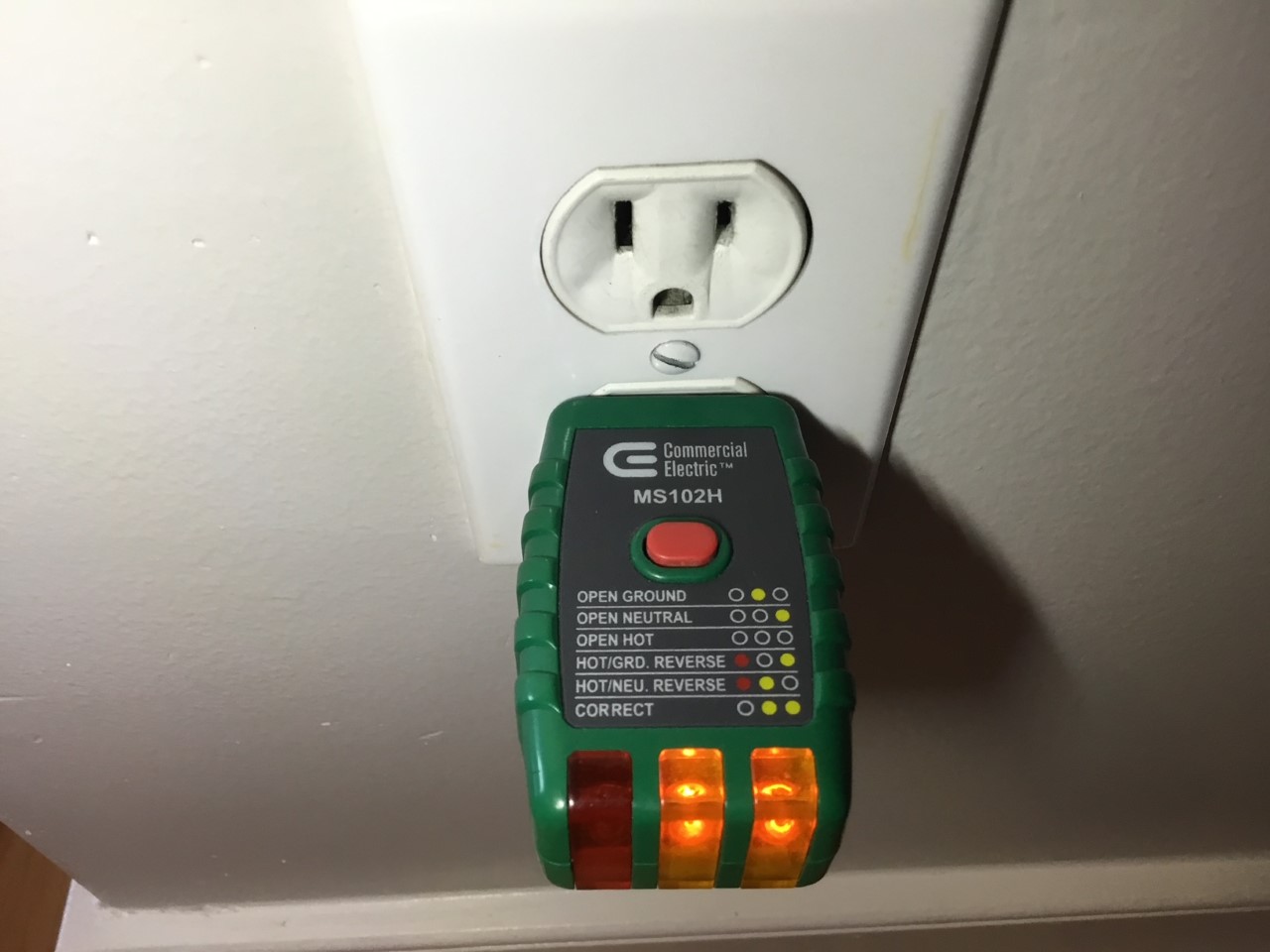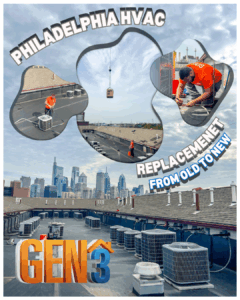A case study of what we found after it was too late for a buyer’s electrical inspection.
This homeowner thought they bought a home with all-new 3-prong “grounded” outlets and was told that the home did not have knob and tube wiring although it dated from the 1930s. The visible wiring in the basement was pointed out to be “BX” armored cables. The homeowner started doing renovations and had our electricians in who found active knob and tube throughout many areas of the home.
Some of what was found at this home during our electrical inspection.
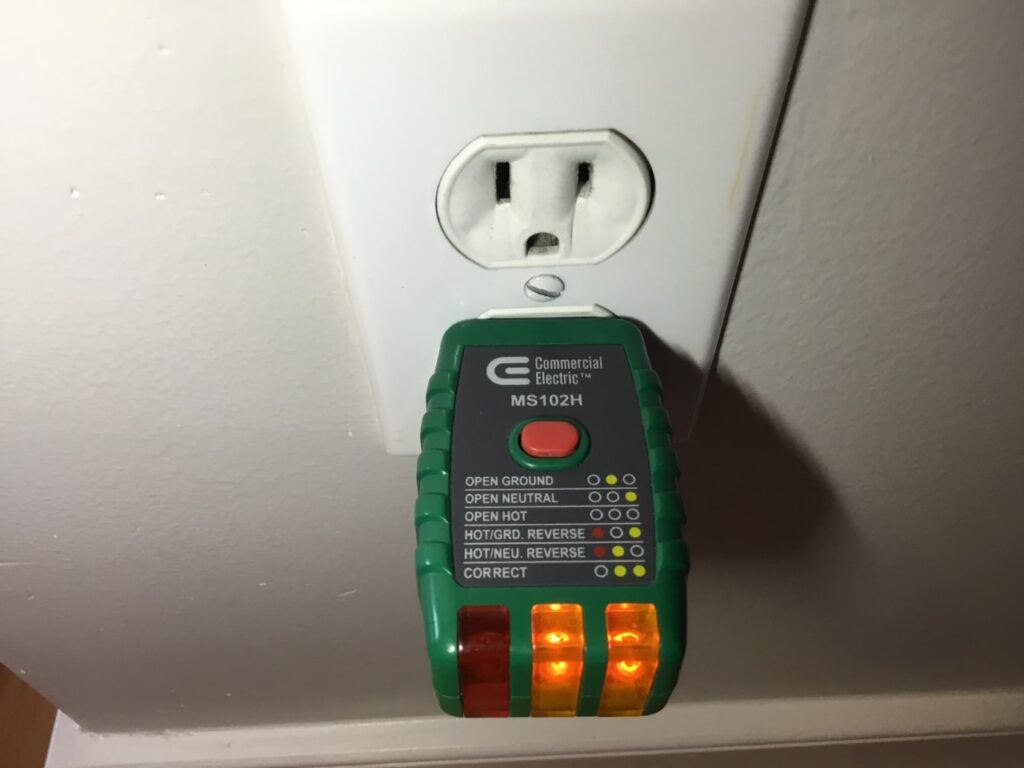
The new outlets throughout the home appear to be grounded. This tester is the most common tool of a home inspector when testing outlets and is easily fooled. The two lit lights on the right indicate that everything is working correctly.

The “grounded” outlets only appeared grounded due to handyman contractors performing what is called a “bootleg” ground connection that bridges the neutral return to the ground terminal of the device. This is extremely dangerous and can allow the electricity to cause the 3rd prong of the outlet to become energized and greatly increase the risk of fire or injury from shock. This type of connection is not permissible by code.
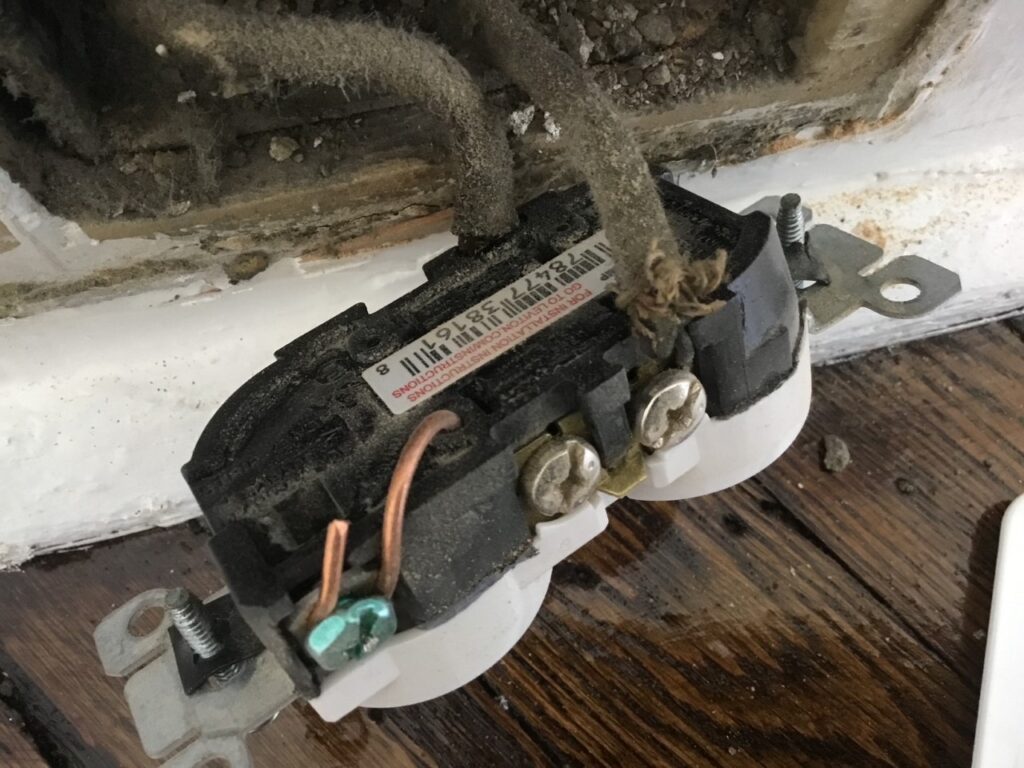
This is a close-up of an older cloth 2-wire knob and tube system attached to the outlet. The bare copper wire is being used to make to trick the plug-in tester inspectors use. This trick will make an old wiring system read as if it were a new 3-wire grounded system. It can also increase the chances an unsafe voltage will present when devices are plugged into an outlet wired like this. OUCH!
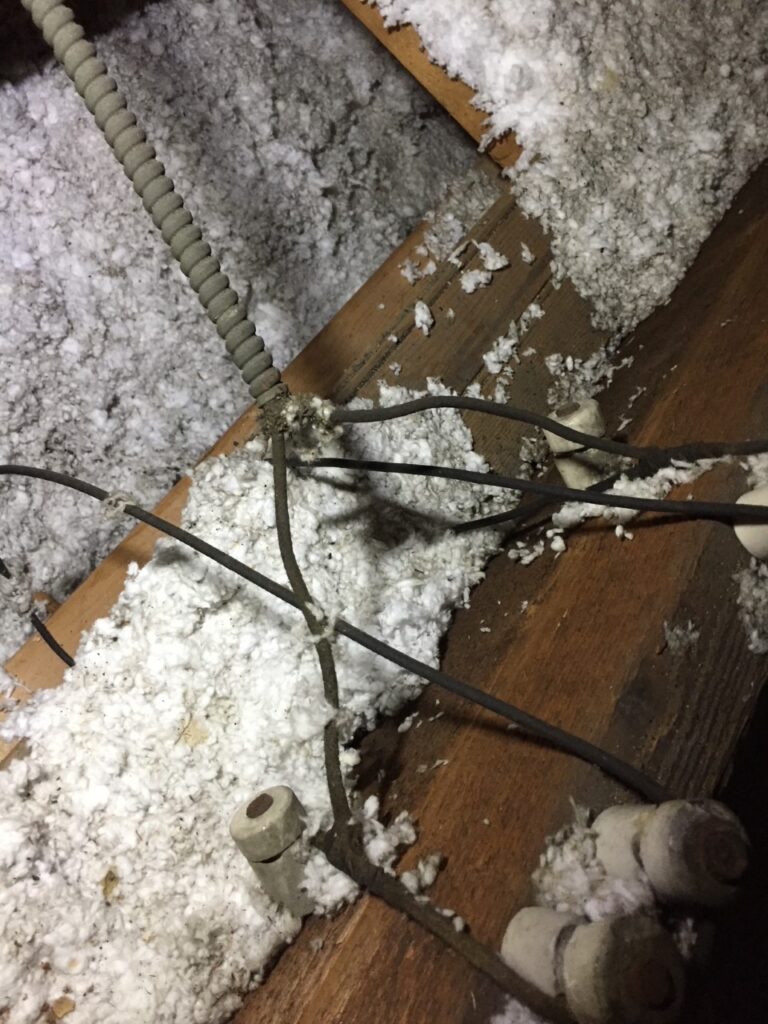
“BX” or armored cable makes connections to the knob and tube wiring above ceilings and within walls. This type of wiring connection to knob and tube was very common. It can not easily be inspected most of the time. Home inspectors will see this but not understand that behind the walls this type of wiring power Knob and Tube. The home inspection report said, “No Knob and Tube was present”. In reality, the home needs a professional electrician to find it.

Example of armored cable connecting to the knob and tube wiring above a ceiling. This was only visible after starting construction.
In conclusion
Knob and tube wiring is a complex system composed of different wiring types. It includes spliced and extended knob and tube wiring and can be found in homes constructed before the 1960s. It is important to evaluate and consider replacing this outdated wiring.

If a home is more than 70 years old, it is advisable to have a professional electrician proficient in working with older homes evaluate the wiring system to determine the extent of replacement needed. Any wiring over 80 years old, regardless of the assumed type, presents potential danger and should be replaced promptly.

